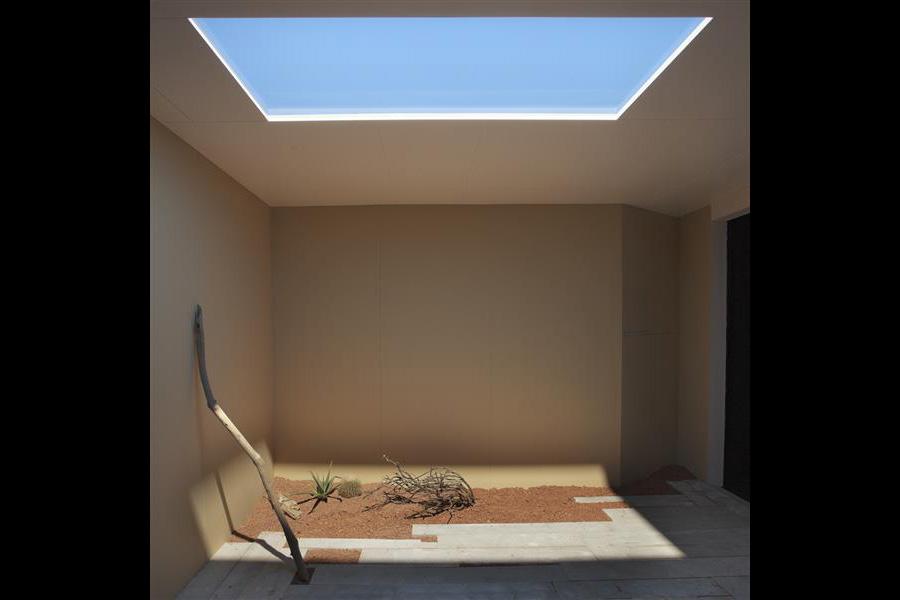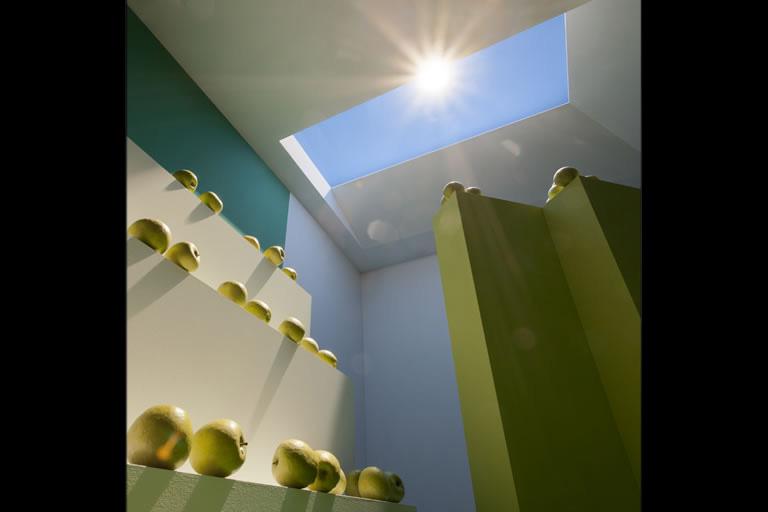Lighting has come a long way in the past few years, but even with all the technological advances that have been made, we still haven’t managed to mimic real daylight with much accuracy. We can cheat and use special lights to help plants grow, and we’ve got all sorts of lights that can change their color temperature to suit our moods, but no matter how we tweak it, artificial light still just doesn’t feel quite the the same as real, natural light.
Thanks to a recent breakthrough, however, this might not be the case in the future.
Soon, you’ll be able to call up natural-looking daylight with the flip of a switch, thanks to a newly-developed lighting panel that uses nanoparticles to create something similar to actual daylight. In the future, this might make it possible to produce something close to natural light in even the most dank, windowless interiors.
The technology, developed by Paolo di Trapani at the University of Insubria, relies on a panel of white LEDs that shine through a clear plastic panel studded with nanoparticles that are invisible to the naked eye. These tiny particles serve to scatter the light in the same way that Earth’s atmosphere does with sunlight, which makes it feel more realistic.
Most of the previous efforts have focused on developing light sources with the same spectrum as the Sun, but this is the first ever tech that accounts for the fact that the light we perceive as “natural” is a result of not only the spectrum of the sun, but also how light interacts with the sky itself.
By strategically peppering a clear polymer sheet with titanium dioxide nanoparticles, di Trapani and his team managed to accurately mimic the physics of Rayleigh scattering — the process by which air molecules scatter the sun’s radiation. The prototype panel, which is 5.9 feet long and 33.5 inches wide, makes use of two different sizes of nanoparticles positioned in different sections of the plastic to separate light into certain wavelengths. White light from the LED array is diffused into “sky-light”, where blue wavelengths are dominant, and a bright yellow spot of warm, yellowish light serves to mimic the Sun. The team has even developed different panels to simulate other outdoor light conditions — everything from a bright sunny day, to a colorful, glowing sunset.
You can’t install one of these lights in your house just yet, but di Trapani and his team plan to market the panels through a University of Insubria spin-off company called CoeLux, and hope to start mass producing them within the next year or two.
[via NewScientist]





